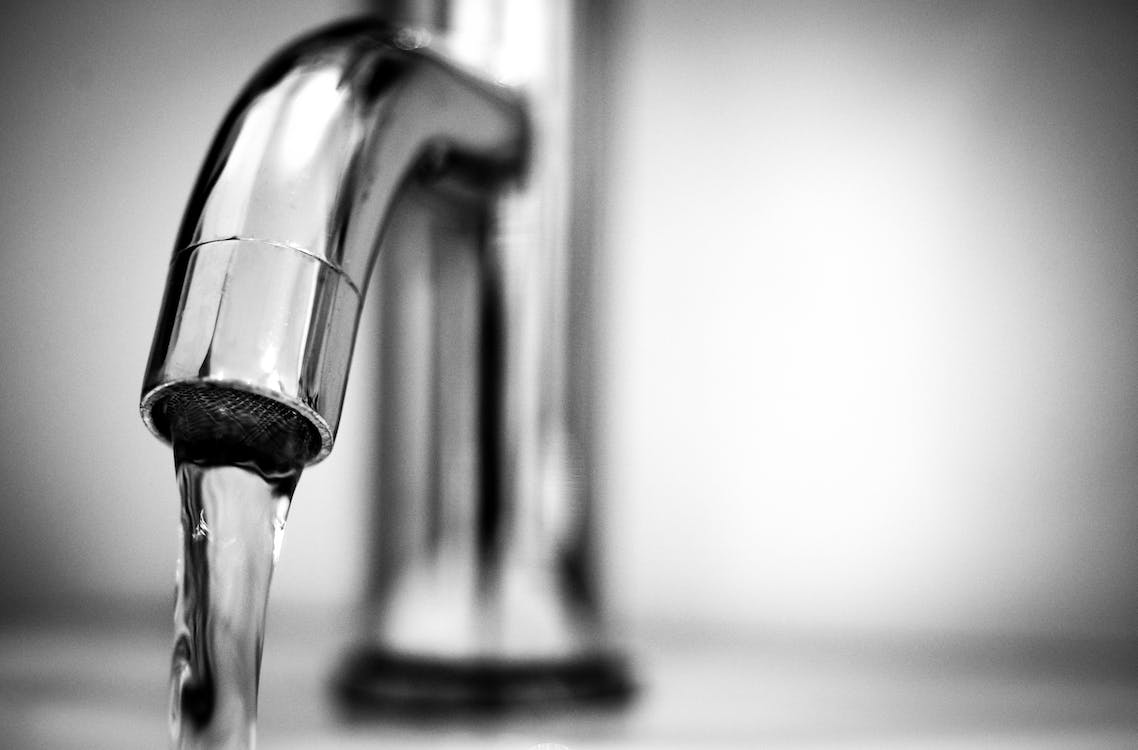For the first time in 26 years, the U.S. Environmental Protection Agency (EPA) has issued new guidelines for drinking water safety, with a particular focus on reducing the amount of PFAS in water supplies. The class of 14,000 chemicals contaminates the drinking water of over 200 million Americans and is used in a wide range of everyday products, including non-stick pans, stain-resistant treatments for clothing and furniture, semiconductor coatings, and firefighting foam.
EPA is proposing the first-ever national standard to limit PFAS in drinking water. This action is a major step to protect communities from PFAS pollution, leveraging the latest science and building on existing state efforts to limit PFAS. pic.twitter.com/iBw91oL5Xh
— U.S. EPA (@EPA) March 14, 2023
The new guidelines require costly filtration systems to be installed by municipal utilities in order to lower the amount of PFAS in water supplies. Previous guidelines for forever chemicals in drinking water were 70 parts per trillion (ppt), while the new guideline is set at 4 ppt. While scientists acknowledge that the 4 ppt standard is a significant improvement, they emphasize that no traceable level of forever chemicals in drinking water is entirely safe.
Iyala Simba, the city programs director at the Illinois Environmental Council, explains that PFAS are minuscule chemical compounds that are impossible to see and impossible to avoid. “Food wrappers and pizza boxes contain PFAS to make them grease-proof,” she told The Center Square. The chemical compounds are known as “forever chemicals” because they never break down and are linked to cancer, kidney disease, liver problems, and birth defects.
The Illinois Environmental Council successfully lobbied for the gradual phase-out of firefighting foam, which contains heavy concentrations of PFAS. However, the chemical compounds are still widely used in other products. Municipalities are expected to initiate lawsuits against PFAS producers, including the U.S. military, which uses firefighting foam at airports and training facilities, and chemical companies DuPont, Chemours, and 3M, which use PFAS in hundreds of applications from non-stick cookware and rain gear to construction materials and packaging.
The new EPA drinking water guidelines are expected to cost Illinois municipalities billions of dollars, which is causing concerns among water treatment plants who fear that they cannot begin to cover the costs. “This is an issue that we are going to be dealing with for decades, if not hundreds of years because of how these chemicals are set up. They are not meant to break down,” said Simba.
According to the EPA, the proposed regulation would cost water utilities approximately $772 million annually to filter out PFAS.
— NowThis (@nowthisnews) March 15, 2023
In 2021, Illinois received millions of federal dollars to mitigate PFAS contamination. However, the long-term consequences of exposure to PFAS remain a significant concern for residents and policymakers alike.
The new EPA guidelines for drinking water safety are an important step towards reducing PFAS contamination, but they also highlight the urgent need for continued research and action to address the harmful effects of these forever chemicals on public health and the environment.

